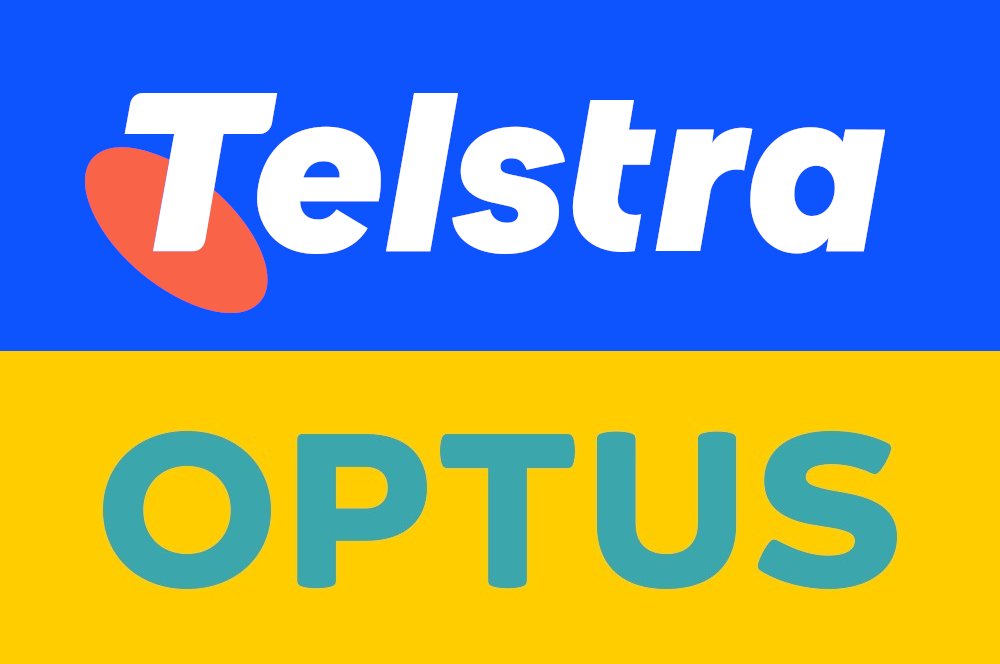
Telstra and Optus are reporting slower typical evening speeds for uncapped 5G home internet plans, compared to previous months.
Telstra’s advertised evening download speeds fell last week from 336Mbps to 291Mbps, and uploads from 44Mbps to 35Mbps.
Optus had a similar reduction at the end of April – the typical evening download speed for its uncapped Entertainer Superfast 5G plan sank from 240Mbps to 210Mbps, though the upload speed didn’t budge.
These drops only affected the uncapped 5G home internet plans of each provider, and not their cheaper home wireless plan tiers with 50Mbps or 100Mbps maximum download speeds.
WhistleOut reached out to both telcos to find the reason behind the decline in reported speeds.
Telstra’s drop doesn’t actually reflect a change in the experience of its customers. Instead, the telco identified a fault in its 5G modems that reported inaccurate speed data back to base. The telco believes it has now fixed the modem error and has begun the process of informing its customers.
Optus’ new figures do however reflect a real-world drop in the typical evening speeds it gathered during its quarterly check. An Optus spokesperson told WhistleOut these reports can vary based on a range of factors, including the time of year and type of modems being used by the group of customers surveyed.
Most of Optus’ 5G home internet customers use an older modem (the Nokia FastMile 5G Gateway), which the telco formerly included with its plans. But when Optus restricts results to customers using the new Optus Ultra 5G WiFi modem, download performance often exceeded the previous 240Mbps typical evening download speeds. The telco expects to see its typical speed figures improve as more new customers sign up and receive the newer 5G modem.
As alternatives to the NBN go, 5G home internet is one of the better and more widely available options. Pound for pound, you can potentially get better speed for a cheaper price versus the NBN – depending on coverage in your area and a variety of other factors, such as network congestion, which wireless internet is more susceptible to than most fixed-line NBN connections.
Plans are typically separated into three speed tiers, with maximum download speeds of 50Mbps, 100Mbps, and uncapped. The first two are comparable to NBN 50 and NBN 100 plans, respectively, and there are plenty of providers and plans to choose from.
Uncapped 5G home internet plans are closer to NBN 250 plans in terms of speed, though not necessarily in price. But there are far fewer options to choose from.
Here are the uncapped 5G home internet plans from popular providers, sorted by lowest cost over the first 12 months:
Even with the change in reported speeds, Telstra not only remains the provider with the fastest uncapped typical evening speeds (by a significant margin), but it’s also the cheapest in the long term.
The main potential drawback is its 1TB monthly download allowance – versus the unlimited downloads of the others. But 1TB is a lot of data to burn through in a month. For the most part, this is only going to affect very large households or people with massive download demands.
The next-cheapest and next-fastest uncapped 5G home internet plan is from SpinTel. Over 12 months, it works out as $127 more expensive than Telstra’s – and this includes an introductory discount for the first three months on SpinTel’s plan.
If you’re wondering how these uncapped 5G home internet plans compare to the NBN, you can check out some of our database’s cheapest NBN 100 and NBN 250 plans below, ranked by price over the first 12 months:










